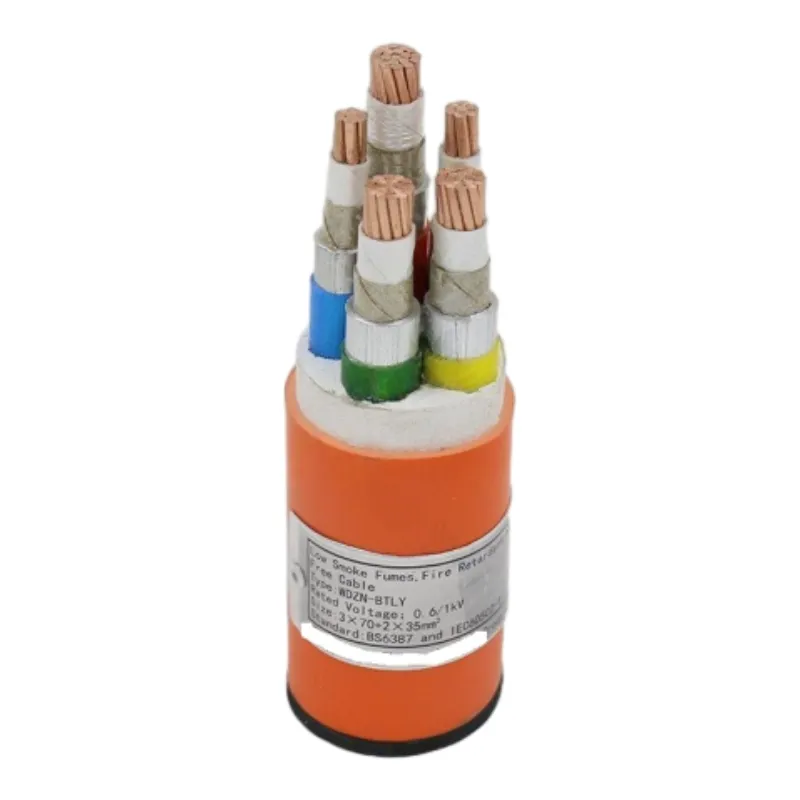វិច្ឆិកា . 10, 2024 21:14 Back to list
Durable Cast Iron Metal Seat Gate Valve for Reliable Fluid Control Solutions
Understanding Cast Iron Metal Seat Gate Valves
Cast iron metal seat gate valves are essential components in fluid control systems, widely used in various industrial applications. These valves are particularly valued for their strength, durability, and excellent performance in regulating the flow of liquids. This article explores the key features, advantages, applications, and maintenance considerations of cast iron metal seat gate valves.
Key Features
A gate valve is designed to allow or restrict the flow of liquid in a pipeline, and it operates by raising or lowering a gate within the valve body. Cast iron metal seat gate valves are made with a combination of cast iron and metal seating surfaces, which provide significant advantages over traditional rubber or plastic seats. Some key features include
1. Materials The primary material, cast iron, offers excellent mechanical strength and resistance to high pressure and temperature. The metal seat enhances durability and longevity since it can withstand wear and tear better than non-metallic counterparts.
2. Design These valves typically feature a bolted bonnet design, ensuring a tight seal and easy access for maintenance. The metal seat is machined to specific tolerances, providing a reliable and leak-proof closure.
3. Operation The gate valve operates either manually or automatically, making it versatile for various control systems. Manual valves are commonly operated using a handwheel, while automated variants use actuators for remote operation.
4. Size Variability Cast iron gate valves come in various sizes, accommodating different pipeline diameters and flow rates, making them suitable for a wide range of applications.
Advantages
1. Durability The combination of cast iron and metal seating ensures that the valve can handle abrasive materials and harsh environments. This durability leads to a longer service life, reducing the need for frequent replacements.
2. Low Flow Resistance When fully opened, gate valves provide minimal flow resistance, making them ideal for applications where a full flow is required when the valve is in the open position.
3. Versatility Cast iron metal seat gate valves are suitable for a variety of fluids, including water, oils, and even some chemicals, making them a versatile choice in various industries.
cast iron metal seat gate valve

Applications
Cast iron metal seat gate valves are prevalent in many sectors, including
1. Water Supply Systems Used in municipal water systems to control the flow of water from treatment plants to distribution networks.
2. Wastewater Treatment These valves play a critical role in managing sewage and wastewater flows through treatment plants and effluent discharge.
3. Industrial Processes In chemical manufacturing, oil and gas, and power generation, cast iron gate valves are utilized to control the flow of various liquids and gases.
4. HVAC Systems In heating, ventilation, and air conditioning systems, these valves are essential for regulating water flow in cooling and heating systems.
Maintenance Considerations
Regular maintenance of cast iron metal seat gate valves is crucial to ensure optimal performance and longevity. Key maintenance practices include
1. Inspection Regularly inspect valves for signs of wear, corrosion, or leaks. Early detection of issues can prevent costly repairs.
2. Lubrication Ensure that moving parts are adequately lubricated to prevent seizing and ensure smooth operation.
3. Cleaning Keep the valve and surrounding area clean to prevent buildup that could affect performance.
4. Testing Periodically test the valve operation to confirm that it opens and closes smoothly without excess force.
In conclusion, cast iron metal seat gate valves are a robust and reliable choice for managing fluid flow in various industrial applications. Their durability, low flow resistance, and versatility make them a preferred option. With proper maintenance, these valves can significantly contribute to the efficiency and safety of fluid control systems.
Share